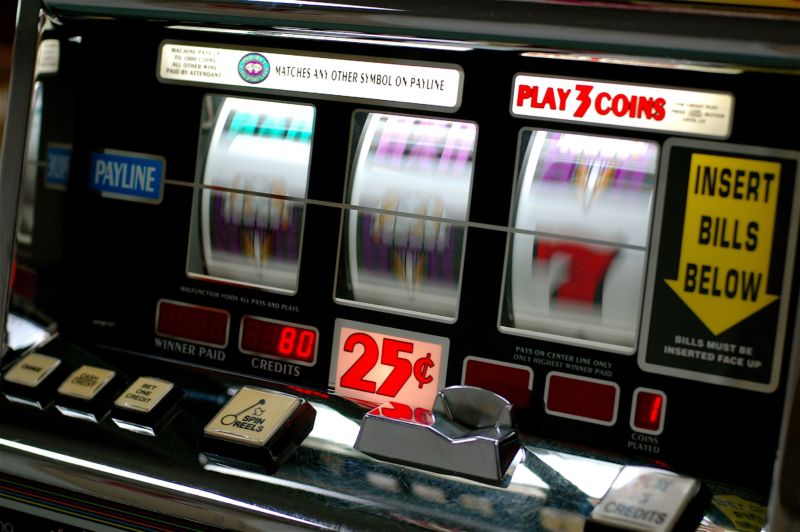“Well before China decided to kick out all of its bitcoin miners, they were already leaving in droves, and new data from Cambridge University shows they were likely headed to the United States,” reports CNBC:
The U.S. has fast become the new darling of the bitcoin mining world. It is the second-biggest mining destination on the planet, accounting for nearly 17% of all the world’s bitcoin miners as of April 2021. That’s a 151% increase from September 2020. “For the last 18 months, we’ve had a serious growth of mining infrastructure in the U.S.,” said Darin Feinstein, founder of Blockcap and Core Scientific. “We’ve noticed a massive uptick in mining operations looking to relocate to North America, mostly in the U.S.”
This dataset doesn’t include the mass mining exodus out of China, which led to half the world’s miners dropping offline, and experts tell CNBC that the U.S. share of the mining market is likely even bigger than the numbers indicate… “500,000 formerly Chinese miner rigs are looking for homes in the U.S,” said Marathon Digital’s Fred Thiel. “If they are deployed, it would mean North America would have closer to 40% of global hashrate by the end of 2022.”
America’s rising dominance is a simple case of luck meeting preparation. The U.S. has quietly been building up its hosting capacity for years… It also helps that the U.S. is also home to some of the cheapest sources of energy on the planet, many of which tend to be renewable. Because miners at scale compete in a low-margin industry, where their only variable cost is typically energy, they are incentivized to migrate to the world’s cheapest sources of power.
Thiel expects most new miners relocating to North America to be powered by renewables, or gas that is offset by renewable energy credits. While Castle Island Ventures founding partner, Nic Carter, points out that U.S. mining isn’t wholly renewable, he does say that miners here are much better about selecting renewables and buying offsets. “The migration is definitely a net positive overall,” he said. “Hashrate moving to the U.S., Canada, and Russia will mean much lower carbon intensity.”
Read more of this story at Slashdot.
![]()
Source: Slashdot – More Bitcoin Miners Head to America, Partly for Cheaper Energy












